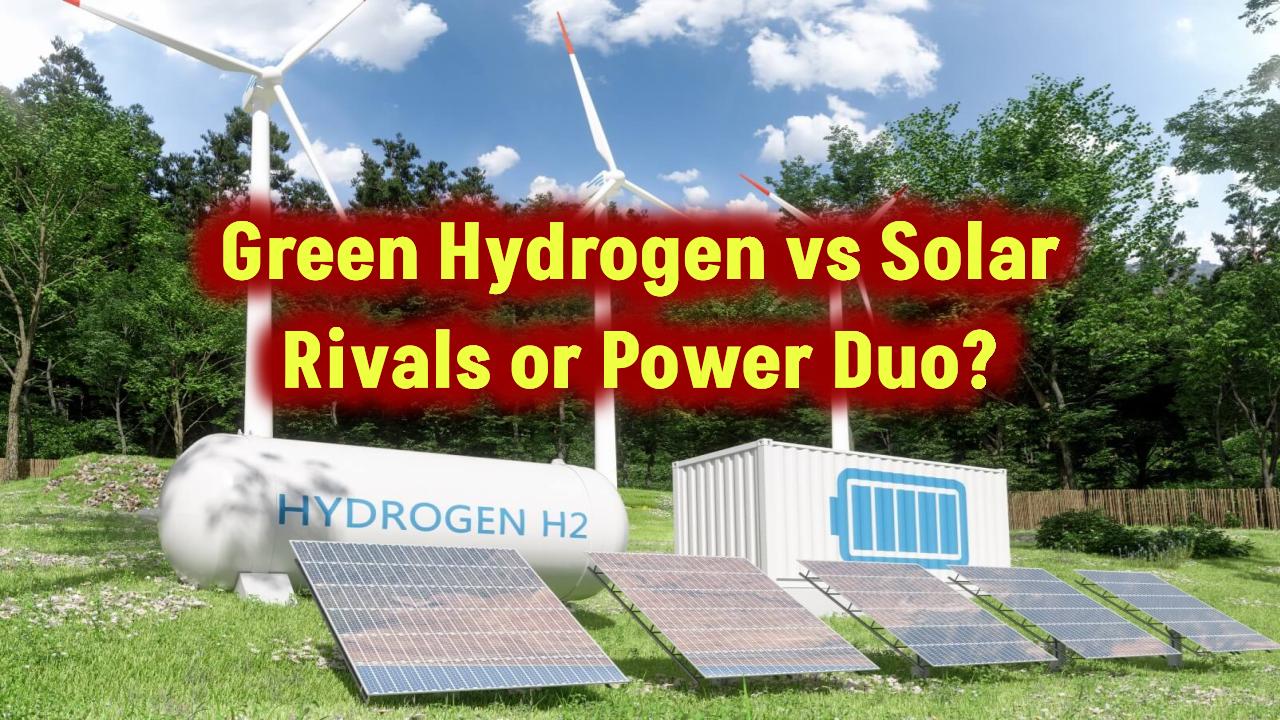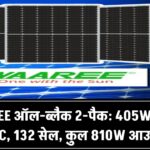
Solar panels have become a cornerstone of the renewable energy revolution, transforming sunlight into electricity that powers homes, businesses, and even entire cities. But have you ever wondered how these sleek, glass-covered devices are made? The process is a remarkable journey that involves cutting-edge technology, precision engineering, and a deep understanding of materials science. Let’s take a step-by-step look at how solar panels go from raw materials to the rooftops.
Also Check: Americans Are Turning Their Roofs Into Solar Goldmines—Here’s How You Can Too
Key Highlights
| Stage | Description | Key Materials | Outcome |
|---|---|---|---|
| 1. Silicon Extraction | Purification of silicon from quartz sand. | Quartz sand | High-purity silicon |
| 2. Ingot Formation | Melting and crystallizing silicon into cylindrical shapes. | Silicon | Silicon ingots |
| 3. Wafer Slicing | Cutting ingots into thin, square wafers. | Silicon ingots | Thin silicon wafers |
| 4. Cell Fabrication | Doping wafers to create positive and negative layers, forming photovoltaic cells. | Phosphorus, boron | Solar cells |
| 5. Cell Interconnection | Soldering cells together to form a module. | Solder, conductive ribbons | Interconnected solar cells |
| 6. Lamination | Encapsulating cells in protective layers. | EVA (Ethylene Vinyl Acetate), glass | Durable, weather-resistant panel |
| 7. Framing & Junction Box | Adding aluminum frame and junction box for structural support and electrical connections. | Aluminum, junction box | Complete solar panel |
| 8. Testing & Quality Control | Ensuring panels meet performance and safety standards. | – | Certified, ready-for-use panels |
The Step-by-Step Process of Solar Panel Manufacturing
1. Silicon Extraction
The journey begins with silicon, the primary material used in solar cells. Silicon is derived from quartz sand, which undergoes a purification process to remove impurities. This purified silicon is essential for creating efficient solar cells .
2. Ingot Formation
Once purified, the silicon is melted and formed into cylindrical shapes known as ingots. This process requires extremely high temperatures to ensure the silicon solidifies into a uniform structure, which is crucial for the next steps .
3. Wafer Slicing
The solidified ingots are then sliced into thin, square pieces called wafers. These wafers serve as the foundation for the photovoltaic cells. The slicing process must be precise to ensure each wafer is of uniform thickness and free from defects .
4. Cell Fabrication
Each wafer is treated to create a photovoltaic effect, where sunlight can be converted into electricity. This involves doping the silicon with materials like phosphorus and boron to create positive and negative layers, forming the basic solar cell structure .
5. Cell Interconnection
Multiple solar cells are connected together using solder and conductive ribbons to form a module. This step requires precision to ensure that the cells are properly aligned and electrically connected, maximizing the panel’s efficiency .
6. Lamination
The interconnected cells are then encapsulated in protective layers, typically using Ethylene Vinyl Acetate (EVA), and sandwiched between two layers of glass. This lamination process ensures the cells are protected from environmental factors like moisture and mechanical damage, enhancing the panel’s durability .
7. Framing & Junction Box
An aluminum frame is added around the laminated panel to provide structural support. Additionally, a junction box is attached to facilitate electrical connections. These components are crucial for the panel’s installation and integration into solar power systems .
8. Testing & Quality Control
Before reaching consumers, each solar panel undergoes rigorous testing to ensure it meets performance and safety standards. This includes checking for electrical output, durability, and resistance to environmental conditions. Only panels that pass these tests are certified and ready for use.
Also Check: Scientists Created This Tiny Solar Molecule—It Might Replace Your Power Company
The Global Landscape of Solar Panel Manufacturing
China has emerged as a dominant force in the solar panel industry, accounting for a significant portion of global production. The country’s advanced manufacturing capabilities, coupled with cost-effective labor and government support, have positioned it as a leader in solar panel manufacturing .
In response to China’s dominance, other countries are investing in domestic solar manufacturing. For instance, the United States has seen the establishment of major solar panel manufacturing facilities, such as the one in Dalton, Georgia, by Qcells, a South Korean company. This facility represents nearly 40% of U.S. solar panel capacity and signifies a strategic move towards energy independence and job creation in the renewable energy sector.
Innovations in Solar Panel Technology
The solar industry is not static; it continues to evolve with technological advancements aimed at improving efficiency and reducing costs. One such innovation comes from Australian researchers at CSIRO, who have set a new record for energy efficiency in lightweight, flexible, printed solar cells. These cells, produced by printing ink onto thin plastic films, offer a cost-effective alternative to traditional silicon panels and are suitable for applications where conventional panels are impractical .
In the United States, a breakthrough developed by the Israeli startup Lumet aims to reduce production costs by minimizing the use of silver in solar panels. Lumet’s process replaces traditional screen printing with a more efficient method that prints precise silver patterns onto plastic films, which are then transferred to preheated solar cells. This innovation could aid U.S. solar manufacturers in competing with lower-cost Chinese panels.
FAQs
Q: How long do solar panels last?
A: Most solar panels have a lifespan of 25 to 30 years, with many continuing to produce electricity beyond that period, albeit at a reduced efficiency.
Q: Can solar panels be recycled?
A: Yes, solar panels can be recycled. Materials like glass, aluminum, and silicon can be recovered and reused, reducing the environmental impact of panel disposal.
Q: Are there different types of solar panels?
A: Yes, the main types are monocrystalline, polycrystalline, and thin-film. Each has its advantages in terms of efficiency, cost, and application suitability.
Q: How can I install solar panels at home?
A: To install solar panels, it’s recommended to consult with certified solar installers who can assess your home’s suitability, provide system design, and handle installation and permits.
Also Check: This Town Cut Power Bills by 70%—See the Genius Solar Trick Behind It!








